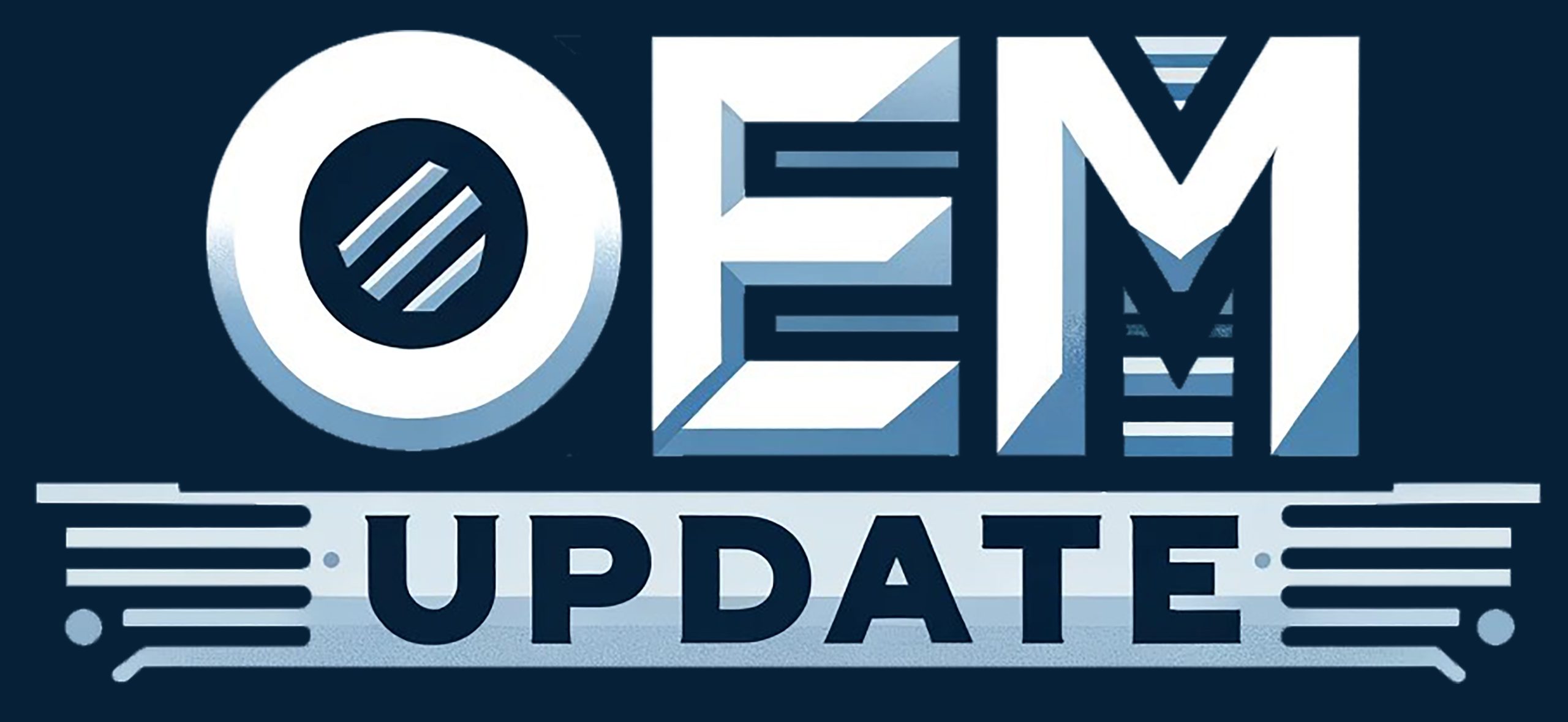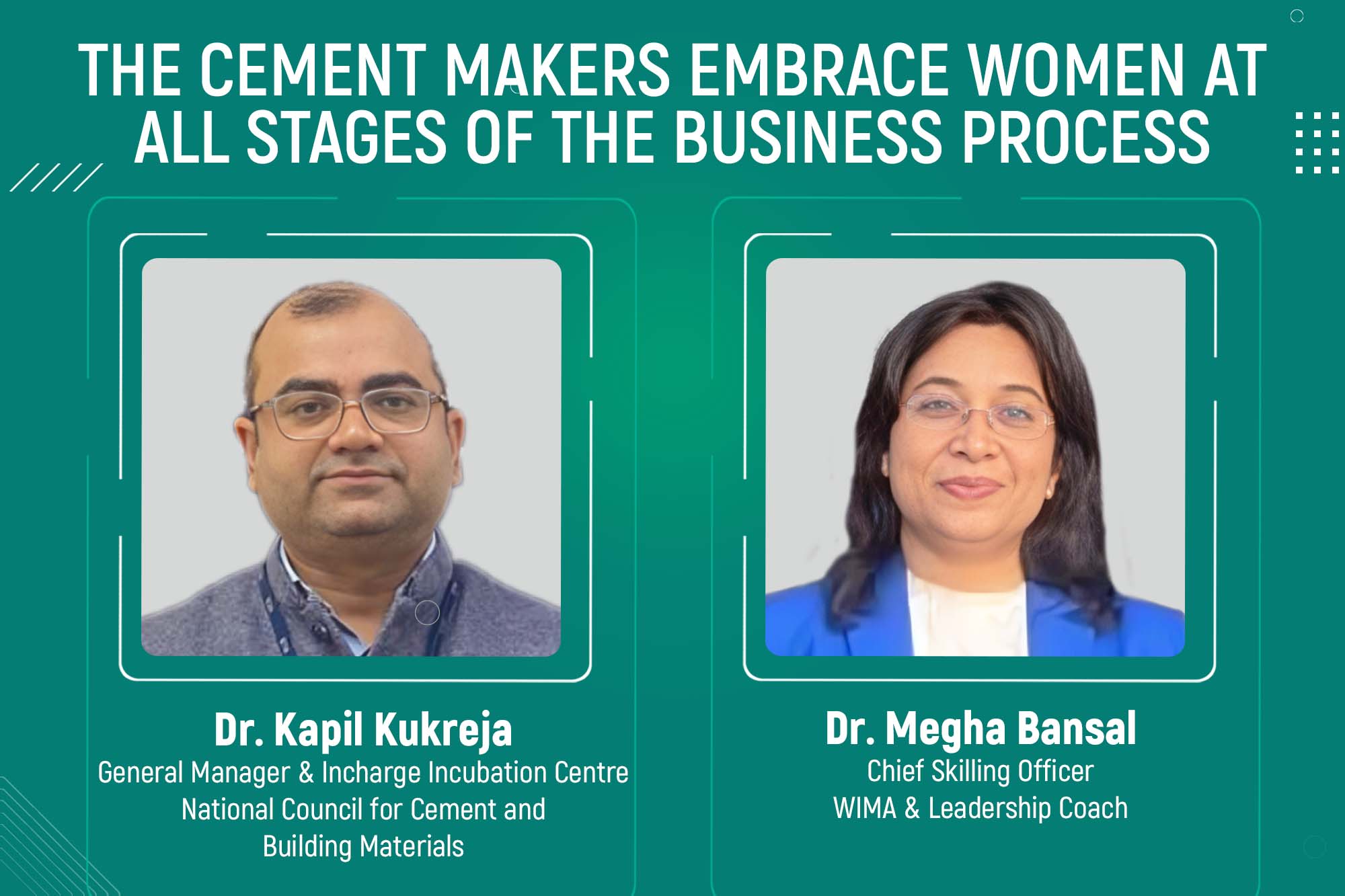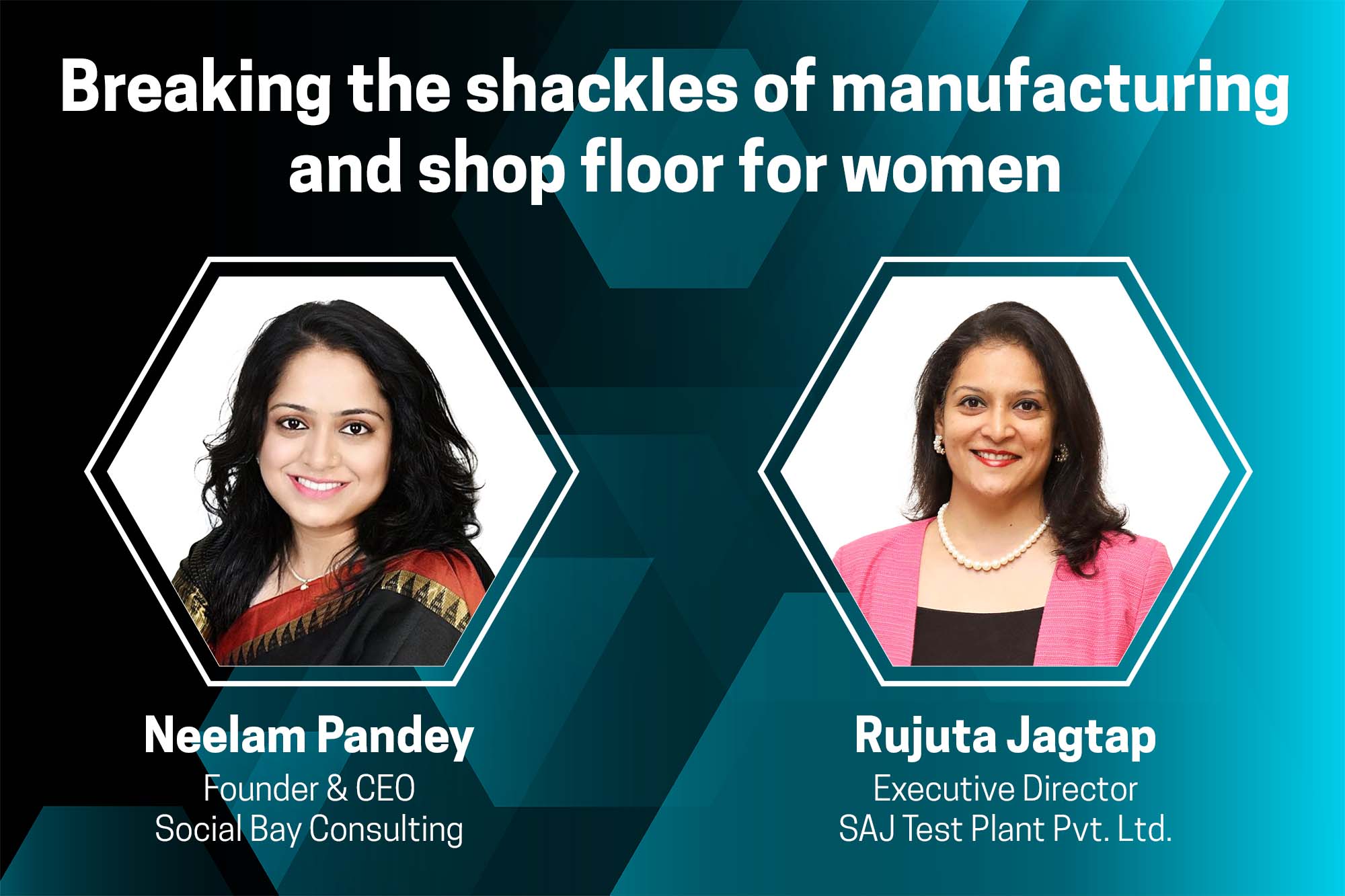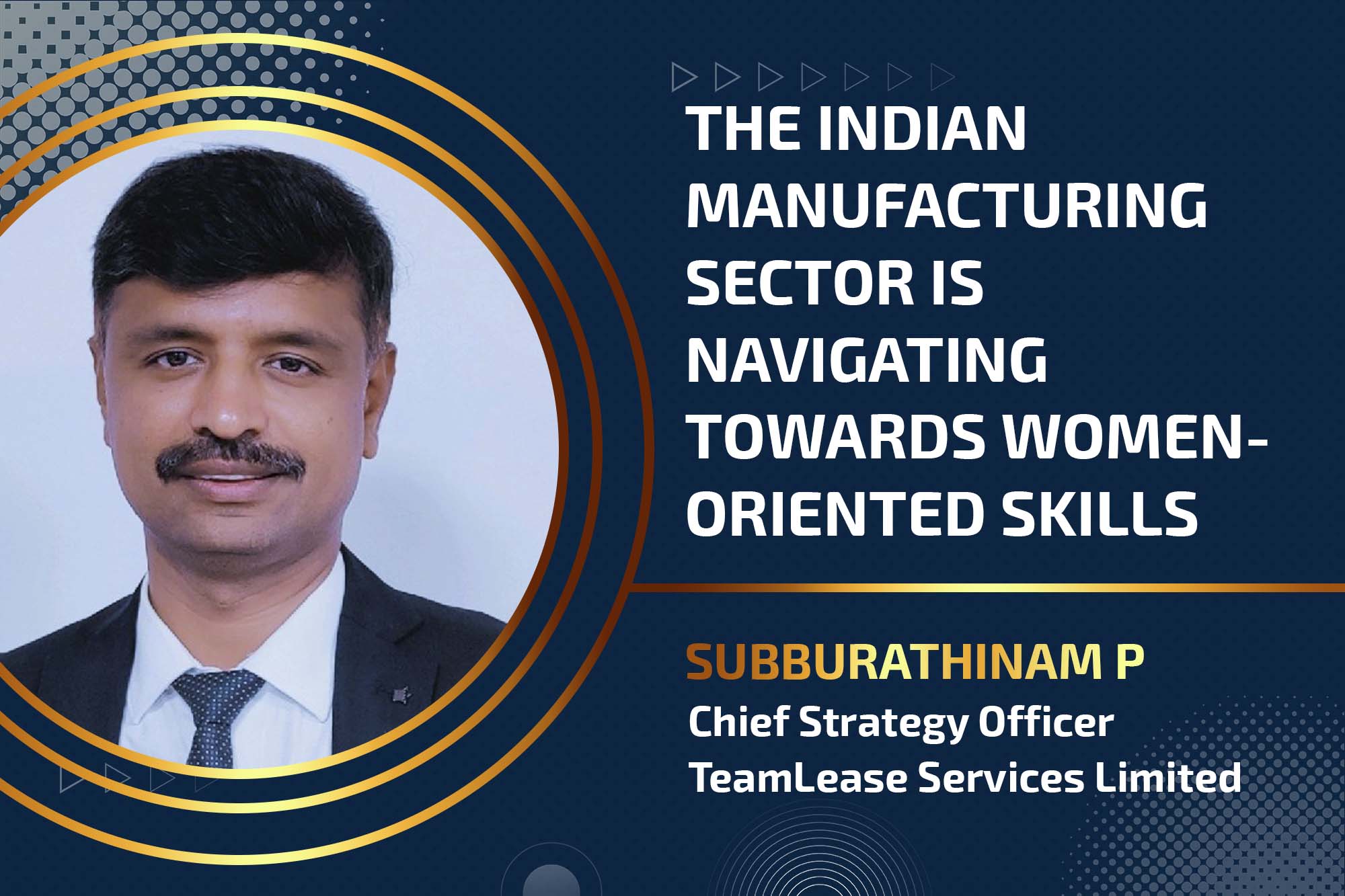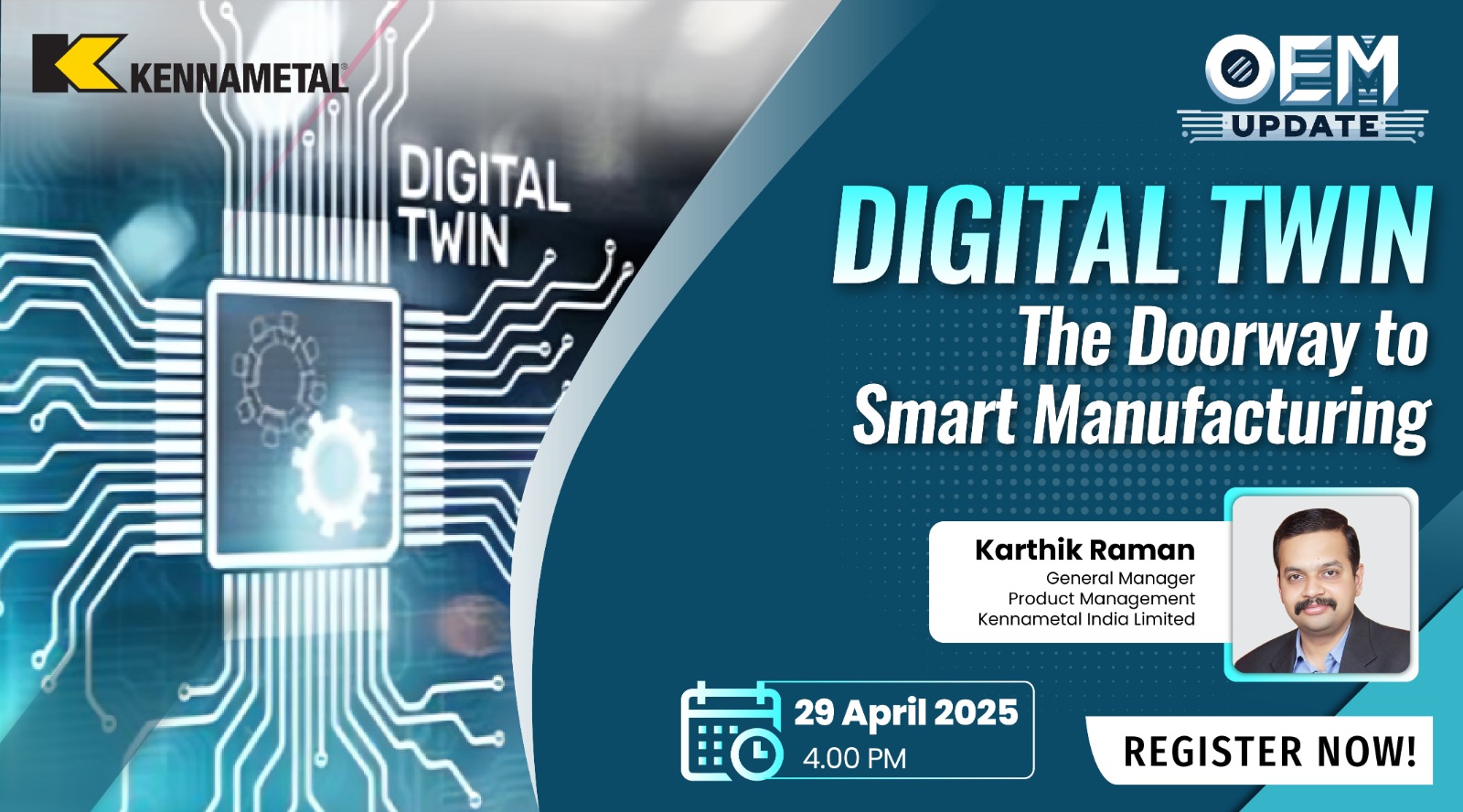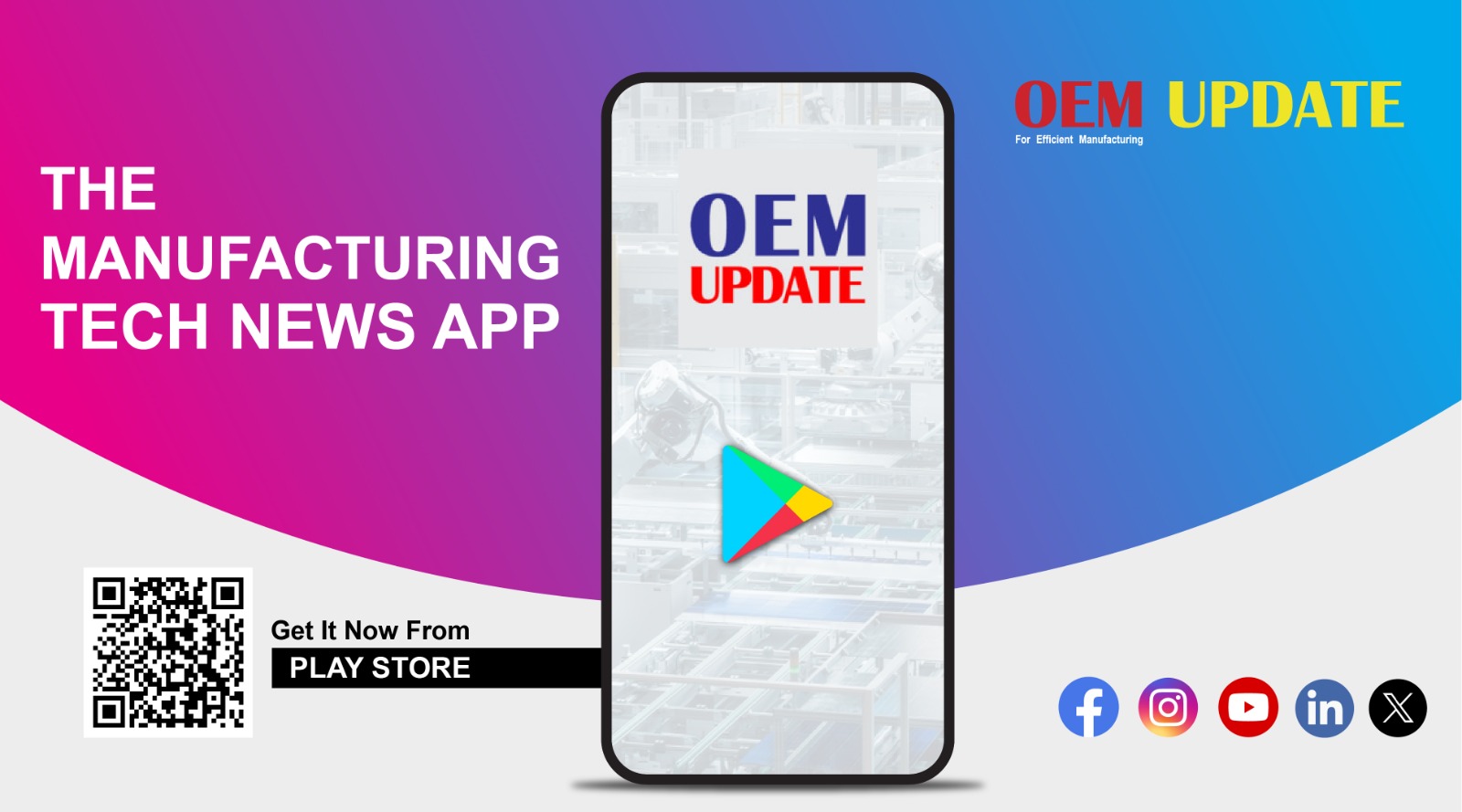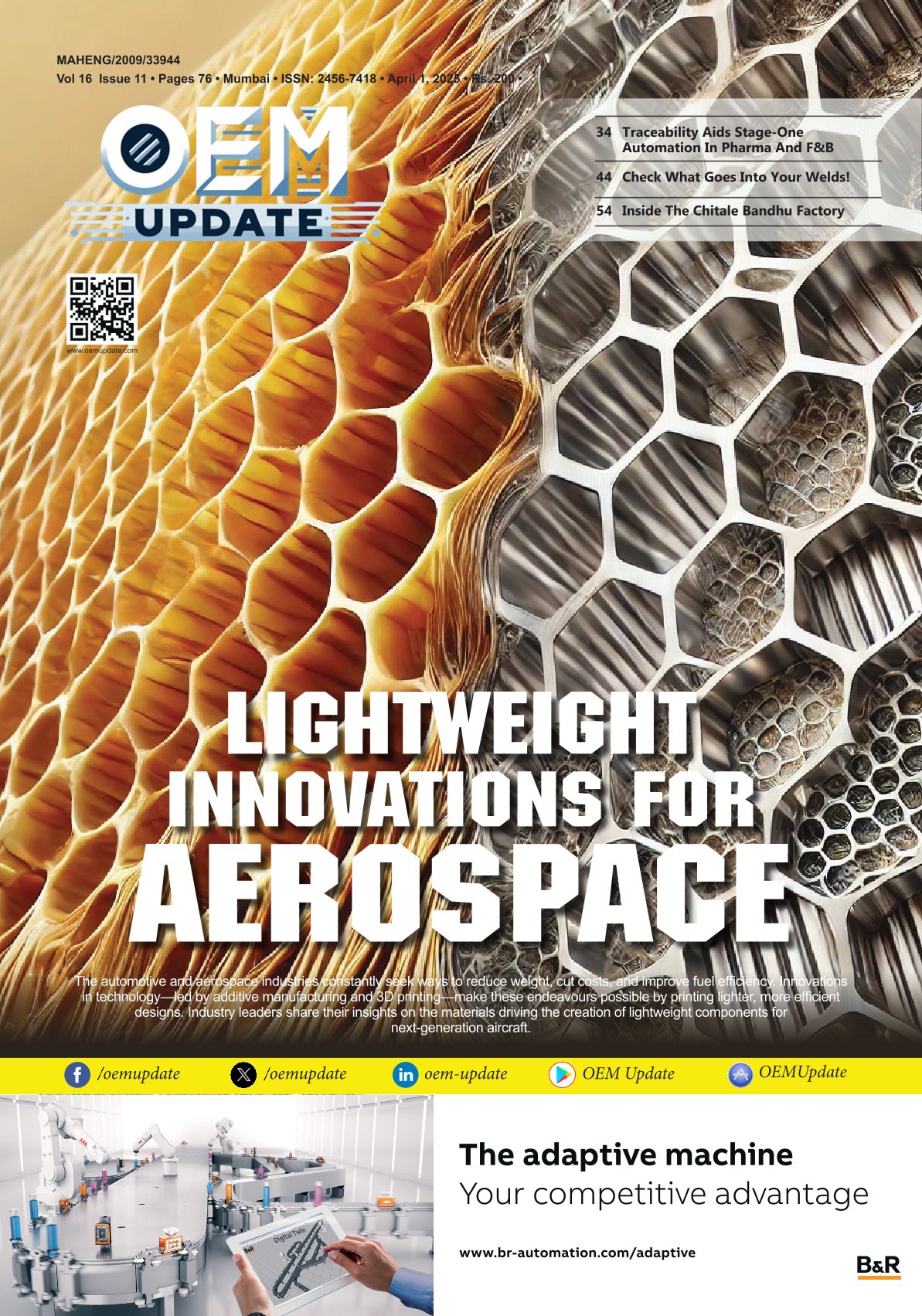The cement makers embrace women at all stages of the business process
By Staff Report February 11, 2025 6:38 pm IST
As part of our ongoing series on women in manufacturing, presented in collaboration with WIMA (Women in Manufacturing and Allied Sectors), OEM Update is proud to bring you a fresh perspective in this edition. Dr. Megha Bansal, Chief Skilling Officer at WIMA and Leadership Coach, engages in an insightful conversation with Dr. Kapil Kukreja, General Manager and Incharge of the Incubation Centre at the National Council for Cement and Building Materials (NCCBM). Together, they delve into how NCCBM is driving diversity across various sectors and promoting inclusion within its organisation.
Megha: Can you elaborate on your organisation’s journey from its focus on cement production to its current nationwide presence?
Dr. Kukreja: Since our inception in 1962, we have focused on cement production, with concrete as our final product. Over the years, we expanded our offerings to include construction and building materials sectors, leading to our rebranding as the National Council for Cement and Building Materials (NCCBM). Today, we have a presence across India covering the NCR region, Hyderabad, Bhubaneswar, and Ahmedabad.
As a dedicated research and development organisation under the Ministry of Commerce and Industry, GoI, we are committed to empowering the cement and construction sectors. Our goal is to provide support, research, and development to these sectors.
Megha: What initiatives do you undertake to engage with and uplift industry stakeholders?
Dr. Kukreja: We are committed to supporting the industry in varied ways. We conduct industrial-oriented research through our Research Advisory Committee, which includes representatives from both industry and government organisations. This enables us to perform thorough research and identify industry requirements. We offer consultancy projects addressing industry needs, particularly focusing on optimisation and improvement. Our department is dedicated to providing training for the cement sector and associated industries, ensuring that professionals stay updated with the latest practices and technologies. Additionally, we test various materials used in major infrastructure projects and other applications to ensure quality and comply with industry standards. These initiatives reflect our commitment to support and enhance the industry’s capabilities.
Megha: You are closely associated with the cement and building materials sector, and many women entrepreneurs are seeking financial support. Do you believe that certain restrictions prevent women entrepreneurs from accessing funding in this particular area?
Dr. Kukreja: India has over 150,000 start-ups, and 48% feature at least one woman in a leadership role. Women are making significant contributions to India’s entrepreneurial landscape. NCCBM is currently supporting six start-ups, none of which have been founded by women. We warmly invite women entrepreneurs in this field to join us. Even at NCCBM, women contribute across all departments, including HR, finance, research, engineering, and technical support.
Megha: The term “diversity” is more than a buzzword; it is essential, especially while considering problem-solving, innovation, and addressing critical aspects of various issues. Diverse perspectives are crucial because they drive innovation across many sectors, including research. Focusing on women’s inclusion, is there a desire for greater representation?
Dr. Kukreja: At NCCBM, We appreciate women’s contributions and the development of women in various fields. Women play a significant role in many committees and research projects. In the cement industry, there is certainly work to be done, and NCCBM can contribute positively. The women’s contribution in the cement field is merely <10%
The issue at hand is a positive mindset. When you explore the cement industry, particularly in terms of the operation and production, you’ll find that it is primarily governed by three fields: mechanical, chemical, and electrical engineering. In India, the representation of women among engineering graduates is quite low, with only ~6% in mechanical engineering, ~23% in chemical engineering, and ~27% in electrical engineering. As a result, limited numbers of female graduates enter these sectors. Many girls graduated in these core branches further pursue careers in service sectors rather than the cement industry, often perceived as male-dominated.

Megha: Your Innovation Centre has only been operating for a year, so it is still early to predict any outcomes. So, how do you plan to encourage more women entrepreneurs to approach this start-up and innovation integration centre? How can there be an environment where they feel comfortable sharing and presenting their ideas?
Dr. Kukreja: We have developed a roadmap for our journey. This roadmap is one of the key factors in attracting start-ups and women interpreters and fostering incubation. We are planning to conduct awareness and outreach programs.
I visited several European countries and observed well-organised aggregators providing processed waste to the cement industry. There’s still work required in this area. We have only managed to replace 7% of our fuel with waste. However, some women entrepreneurs may come forward and contribute positively to this effort.
Recently, we also organised a program for schools to raise awareness. It is important to start these initiatives at the school level, and all these points were highlighted during the program.
Megha: As you mentioned, women usually take up core engineering programs. This could be addressed by implementing sensitisation initiatives at the school level, which could encourage students to pursue core engineering branches. Additionally, while we have discussed potential areas where the NCCBM can support women entrepreneurs, I have a more specific question. If we are presented with two project proposals—one led by a woman as the Principal Investigator (PI) and the other by a male—how do you evaluate them?
Dr. Kukreja: We consistently prioritise the merits of a project rather than focusing on who the principal investigator (PI) is. We believe this approach conveys an important message to society. Sometimes, stereotypes and myths create barriers, leading people to think that submitting a project in a field traditionally not associated with women may result in bias. However, industries do not differentiate based on these parameters. Many women scientists and engineers are making significant contributions to the research and development divisions of the Indian cement industry.
Megha: Given the high demand for the cement industry, leaders need to address the issue of gender diversity. What initiatives has the cement industry in India taken to support women and start-ups, and how does NCCBM contribute to fostering innovation in this sector?
Dr. Kukreja: The cement industry in India is proactive and actively embraces new initiatives. It has been welcoming to women throughout its entire process. As start-ups are emerging—many of which are founded by women—I am confident that the industry will support them. The cement industry is also known for its strong corporate social responsibility (CSR) activities.
NCCBM has an Incubation Centre where we actively support new ideas. We encourage anyone interested in joining us to come on board. One of our strengths is our extensive network of industry mentors across various fields, including cement, building materials, renewable energy, and sustainability. We welcome new start-ups and have a list of mentors who have volunteered to assist these ventures. They are eager to provide support to emerging businesses.
Cookie Consent
We use cookies to personalize your experience. By continuing to visit this website you agree to our Terms & Conditions, Privacy Policy and Cookie Policy.
